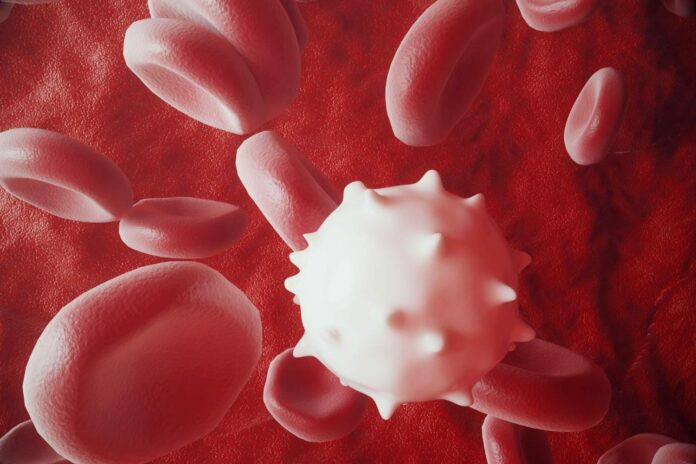According to a recent Yale study from Yale University, a molecule called A485 can boost white blood cell levels fast. This is important for the immune system. In tests with mice, the molecule made white blood cells move from the bone marrow. This discovery could help develop treatments for people needing a quick immune boost. The study was published in the journal Immunity on Jan. 31.
Sometimes, people can have low white blood cell counts due to genetic conditions or after chemotherapy. In rare cases, diseases like leukemia can make white blood cell levels too high. There are limited medications to fix these levels.
In a recent study, scientists looked at how a molecule called A485, also called ” prohibition,” affected blood cells in mice. This molecule can control gene expression, turning genes on or off. This research aims to find new ways to adjust white blood cell counts in patients with abnormal levels.
Nikolai Jaschke, lead author of the study and a postdoctoral fellow in the lab of Andrew Wang, associate professor of internal medicine (rheumatology) and immunobiology at Yale School of Medicine, said, “We found that this molecule, A485, provoked a strong increase in white blood cells, including those involved in both the adaptive and innate immune systems.”
After mice were exposed to A485, their white blood cell levels in the bone marrow increased. However, this effect was temporary, lasting about 12 hours. According to Jaschke, this short-term boost is crucial.
The standard treatment for low white blood cell counts is G-CSF, a drug that has a long-lasting impact. However, A485, as potent as G-CSF, provides
- a similar boost but with a shorter duration,
- making it potentially safer for broader clinical use,
- explained Jaschke.
To test if the temporary increase in white blood cells could help treat infections, the scientists gave A485 to mice with damaged bone marrow due to chemotherapy and infected with bacteria (listeria).
Even with damaged bone marrow, mice given A485 had higher survival rates than those without it.
They could clear the bacteria more effectively. This is crucial in cancer treatment when patients face low white blood cell counts, known as neutropenic fever, after chemotherapy. Currently, antibiotics are the only approved treatment, but according to the researchers, A485 could be another option.
In the future, Jaschke suggests testing A485 against different infections because listeria isn’t the most common germ for immunocompromised patients. Also, more research is needed to understand how A485 works, though the current study provides some hints.
The researchers found that A485 partly works through a protein called endogenous G-CSF, which prompts the bone marrow to produce more blood cells. Combining G-CSF and A485 had an extra positive impact on mobilizing white blood cells.
Moreover, the study showed that A485 activates the body’s “stress axis,” involving a hormone previously thought only to regulate another hormone, cortisol.
Jaschke said, “But we found that this hormone can regulate neutrophils, which opens up a new field of questions. Along with A485 working through G-CSF, these findings mean some pathways mediate bone marrow mobilization that we don’t even know about yet.”
In conclusion, the study underscores the potential of A485 as a rapid and temporary solution for boosting white blood cell counts. Its effectiveness in challenging conditions and its unique mechanisms of action make it a promising candidate for future clinical applications, particularly in cancer treatment and immunocompromised patients.
Journal reference:
- Nikolai P. Jaschke,Dorit Breining, et al., Small-molecule CBP/p300 histone acetyltransferase inhibition mobilizes leukocytes from the bone marrow via the endocrine stress response. Immunity. DOI: 10.1016/j.immuni.2024.01.005.
